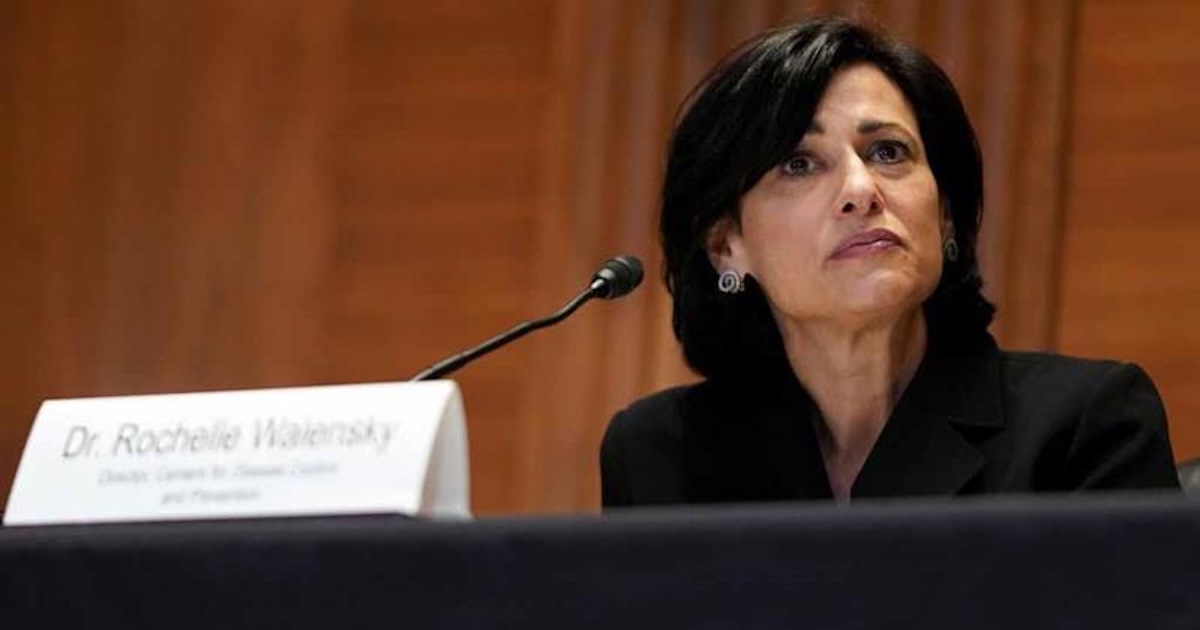While mHealth and mobile apps seem to be getting all the publicity lately, a diverse group of vendors and ex-Congressmen is looking to make sure telehealth gets its share of the policy spotlight.
The Alliance for Connected Care announced itself on Feb. 12 in Washington D.C., with the goal "to raise awareness among policymakers about the advancements in telehealth, and to establish a regulatory environment in which patients have more access to connected care and medical providers are empowered to deliver safe, high-quality care using advanced delivery methods." The group is composed of former U.S. Senate Majority Leaders Tom Daschle and Trent Lott, former Senator John Breaux, and 11 vendors in the telehealth space.
“Increased adoption and use of new and innovative technologies is at the core of many of the payment and delivery reforms being tested across the nation and is also central to increasing patient engagement," said Daschle, a Democrat from South Dakota who served in both the House and Senate from 1978 to 2005, in a morning conference held at the National Press Club. "We must ensure that our regulatory environment appropriately balances the exciting advances in technology for patients, while still maintaining safeguards that allow innovation."
[See also: The limits of telemedicine.]
“To put it in perspective, the legal structure around telehealth was established in 2000 when cell phones were still just phones," he added.
Members of the alliance have pointed out that telehealth has generated some good news out of Washington, with the U.S. Department of Veterans Affairs reaching about 500,000 veterans through more than 1.4 million remote care contacts in 2012. In addition, 20 states and the District of Colombia now require coverage of telehealth by commercial insurers and 45 states allow for reimbursement of telehealth coverage by Medicaid.
But while policies and regulations promoting chronic disease management, care coordination and health and wellness focus on keeping people out of the hospital and in their homes, the members said, government healthcare programs aren't supporting home health agencies for telehealth.
The vendors comprise an interesting mix of large and small, from telecom giant Verizon, pharmacy mainstays CVS and Walgreens and health IT vendors Cardinal Health and Welch Allyn to the Intel-GE hybrid Care Innovations, telemedicine provider Teladoc and niche companies HealthSpot, Doctor on Demand and MDLIVE.
"HealthSpot has developed technology to produce the highest quality, lowest cost healthcare appointment on the market today," said company CEO Steve Cashman, who showed off the HealthSpot Station kiosk during the Wednesday morning press conference. "We're currently working with policymakers and payers in the ecosystem to get telehealth visits reimbursed the same way as a regular office visit. By joining a large group of leaders working toward the same patient-centric goals under the Alliance for Connected Care, we have a better advantage for engaging decision makers in telehealth policy conversations and ultimately decrease healthcare costs while increasing access to quality care."
Lott, a Republican from Mississippi who served in both the House and Senate from 1988 to 2007, said in a release accompanying the press conference that the time has come to make connected care a bipartisan priority in Washington. “Imagine an elderly woman with diabetes who can consult a doctor about managing her disease without having to leave her home; or a working parent who can video chat with his child’s pediatrician; or a patient in need of mental health services, but too afraid to go to an office, now able to access care through a laptop; or a doctor who can monitor a patient already discharged from the hospital," Lott said. "We must improve access to the kinds of innovation that can improve patients’ lives.”
And Breaux, a Democrat from Louisiana who served from 1987 to 2005, added that legal and regularoty battles are currently inhibiting the rapid develooment of technology and interest among patients.
“Fully realizing the promise of connected care demands urgency among policymakers to foster a regulatory structure that enables safe use of remote patient care technology,” Breaux said.
Related articles:
Where mHealth and Meaningful Use intersect


